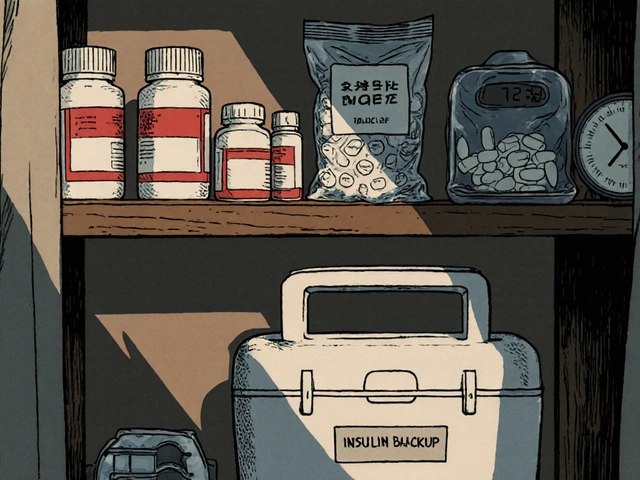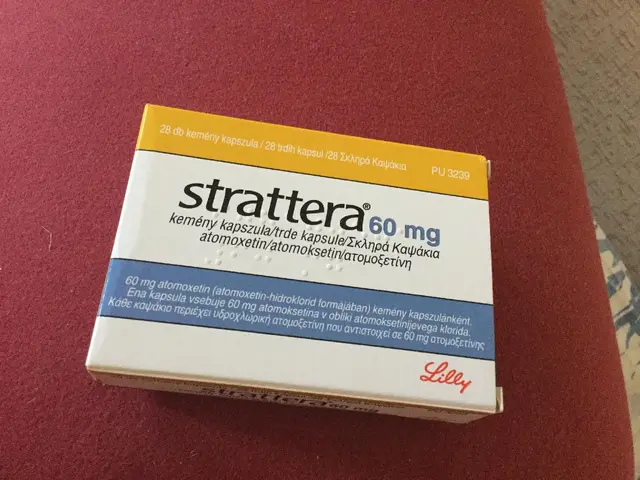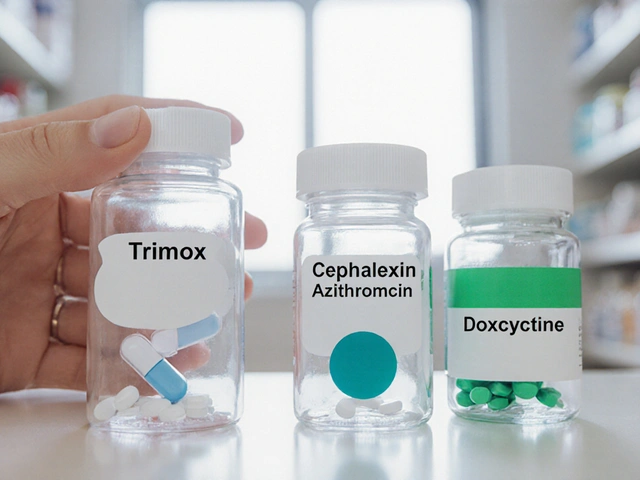Melphalan Side Effects: What to Expect and How to Manage Them
When you’re prescribed melphalan, a chemotherapy drug classified as an alkylating agent used primarily to treat multiple myeloma and some ovarian cancers. It works by damaging cancer cell DNA, but it doesn’t discriminate — healthy cells pay a price too. That’s why understanding its side effects isn’t just helpful — it’s necessary.
bone marrow suppression, a common and serious effect of melphalan where the body produces fewer red blood cells, white blood cells, and platelets is something most patients face. You might feel more tired than usual, get infections more easily, or notice bruising without reason. Doctors monitor your blood counts closely, often right before each dose. If your numbers drop too low, treatment gets paused — not because it’s failing, but because your body needs time to recover. This isn’t a sign of weakness; it’s how the drug works.
Another big one: nausea and vomiting, often severe in the first few days after melphalan infusion. Unlike some chemo drugs where nausea fades quickly, melphalan can keep hitting hard. Anti-nausea meds like ondansetron or aprepitant are usually given before and after treatment — don’t wait until you feel sick to take them. Staying hydrated and eating small, bland meals helps. If you’re throwing up for more than 24 hours, call your care team. Dehydration can land you in the hospital faster than you think.
Some people get mouth sores, hair loss, or a metallic taste in their mouth. These aren’t rare — they’re expected. Hair loss usually starts around two weeks in and grows back after treatment ends. Mouth sores? Rinse with salt water, avoid spicy or acidic foods, and use a soft brush. The taste changes? Try cold or room-temperature meals. They often taste better that way.
Less common but more dangerous are things like lung damage or secondary cancers years later. These are rare, but they’re why doctors only use melphalan when the benefits clearly outweigh the risks. If you’re on it, you’re likely dealing with a serious condition like multiple myeloma — where melphalan can extend life and improve quality. That’s the trade-off.
It’s also worth noting that melphalan is sometimes given as part of a stem cell transplant prep. In that case, the dose is much higher, and side effects are more intense. You’ll be in the hospital for days, under close watch. Even then, many patients recover well. The key is knowing what’s normal and when to speak up.
What you won’t find in most brochures is how real people manage these effects day to day. One patient swears by ginger chews for nausea. Another uses a humidifier at night because her throat felt raw. Someone else kept a journal of her energy levels — it helped her doctor adjust her schedule. These aren’t magic fixes, but they’re real tools people use.
Below, you’ll find real patient experiences and clinical insights on how melphalan affects different people, what side effects show up when, and how to handle them without losing your rhythm in life. You’re not just reading about a drug — you’re learning how to live with it.

Alkeran (Melphalan) vs. Chemotherapy Alternatives: A Detailed Comparison
A comprehensive comparison of Alkeran (melphalan) with key chemotherapy alternatives, covering efficacy, side effects, dosing, cost, and when each drug is best suited.
Detail




